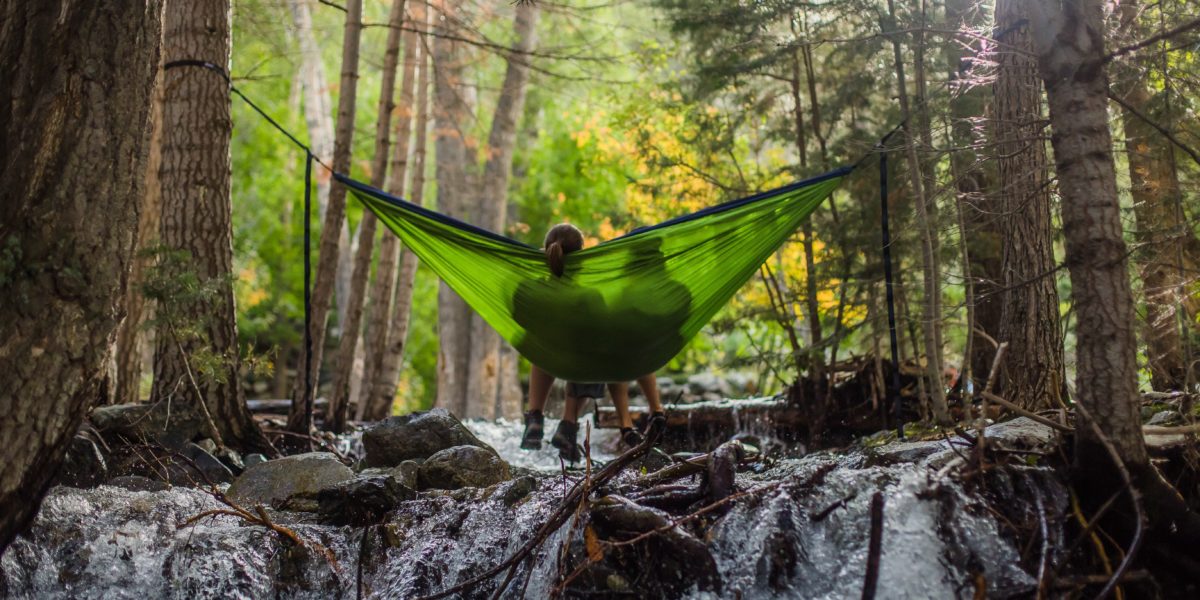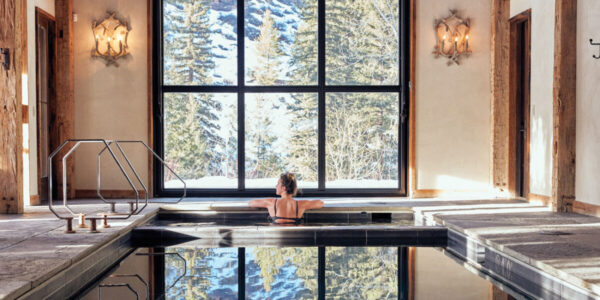
Out of BLM’s 245 Million Acres of Public Land, These Are the 7 Best Places to Camp
The Bureau of Land Management’s vast holdings offers untold opportunities for wilderness exploration—often for free! These are our favorites, from deserts to rivers to untamed coastline

Spring Fed Images/Unsplash
Leave the cramped, noisy campgrounds behind and spend a night in the open wilderness. With over 245 million acres to choose from, you can safely pitch your tent almost anywhere on public land managed by the Bureau of Land Management without nary a neighbor for miles.
BLM land is best known for its liberal free camping policy–anywhere along existing roads and outside of paid campsites, picnic areas, and trailheads are generally fair game for setting up camp. Much like the liberal dispersed camping policies in National Forests, you can hike in a bit, make use of a pullout, or enjoy a secluded spot along an access road. However, be prepared to give up the typical amenities–table, toilets, bear lockers, and yes, water–for your peaceful getaway. While not every campsite or overnight stay on BLM land is free, the fee for a permit or a built-out spot will still only set you back a green juice or two.
Before you head out, check in with the local BLM office to make sure that the area is open and ask if there is a fire ban in place. Once you get to camp it’s vital that you follow Leave No Trace principles to reduce your impact on the land its local inhabitants. Only pitch your tent on durable surfaces that are at least 200 feet (about 70 steps) from water and use existing fire rings. Be prepared to properly bury your waste and carry out all of your trash, including used toilet paper. You’ll also need to pack in all of the water you’ll need or bring gear to treat backcountry sources. Once you’re settled, you can stay up to 16 days in most places.

Canyon Rims Recreation Area, Moab, UT
Just outside of Canyonlands National Park and to the south of Moab, Canyon Rims is a hotspot for red rock hiking, tearing up single track on a mountain bike, and camping. There are three designated campgrounds with a nightly fee or you can search out a free primitive spot to call your own. Some of the roads are rough enough to take advantage of four-wheel drive, and you’ll want to leave early enough to make sure you don’t miss the vibrant sunset. blm.gov
Cottonwood Recreation Site, Joshua Tree National Park, CA
Stay the night in Joshua Tree National Park’s backyard to avoid the crowds. There is dispersed camping right outside the gates both to the north and south of the park, but you’ll want to head south into the Cottonwood Springs area for space to move around and a quiet night. Once day breaks, rock climb, take in the desert vibes amongst the famous flora, or drive into the park to explore its top sights. Don’t forget to get a campfire permit if you plan to use a portable stove or roast marshmallows. Free dispersed camping, $10/night for established campsite, blm.gov
Yakima River Canyon Campgrounds, WA
The 27-mile stretch of the Yakima River that winds through basalt cliffs and rolling hills between Ellensburg and Yakima, Washington makes for an unbeatable hideaway. Spend the day fishing or float your way down the gentle river before settling in for the night at one of the four BLM campsites. These family-friendly campgrounds have vault toilets, fire rings, and picnic tables, but you still need to bring your own water. Once you’re done with your secluded respite, drive 20 minutes into town for Washington wine tasting. $15/night, recreation.gov, blm.gov

Dalton Highway, AK
Sure, it doesn’t sound too lovely to camp alongside a highway, but this 414 mile long road (pictured above) is not what you’re used to. Built when the trans-Alaska oil pipeline was laid, the highway stretches through forested hills, traverses the Yukon River, and enters the arctic circle before ending at the Arctic Ocean. The paved and sometimes gravel road can be rough to travel–and you won’t have cell service for most of it–but the hidden campgrounds and wild Alaska land will lure you in for a road trip you’ll never forget. Free, blm.gov
Soldier Meadows Hot Springs, Black Rock/High Rock Emigrant Trails National Conservation Area, NV
While the Black Rock Desert is best known for hosting Burning Man, Soldier Meadows is an oasis in one of the most rugged and remote parts of the state. Retrace the steps of early pioneers and Native Americans as you travel the 169 miles northeast from Reno. Once you arrive, slip into the nearby natural hot springs for a relaxing soak. If the main pool by the parking lot is full, meander down the creek to find one of the dammed up sections that fit your fancy or follow the dirt road south to the secluded Hidden Spring. Free, travelnevada.com and blm.gov

Wild and Scenic Rogue River, Oregon
Whitewater rafters flock to the Rogue River (pictured above) to navigate the challenging emerald waters against a backdrop of rugged banks and densely forested mountains. The waters aren’t the only thing that will test your know-how. The area is also home to black bears, rattlesnakes, and poison oak, in addition to the more friendly deer and otters. Hike part of the Rogue River Trail that follows the Wild section of the river before rolling out your sleeping bag at one of the river campsites. recreation.gov, blm.gov
King Range National Conservation Area, Lost Coast, CA
Explore California’s untamed coast. Once you step foot into the nation’s first conservation area, you are unlikely to see another soul. Overnight camping off the trailhead is limited to 30-60 people depending on the season, so nab your mandatory permit online ahead of time. With more than 42,000 acres of wild coastline and towering trees, there is plenty to keep you busy. $6/permit, blm.gov
Find Your Own Spot
Browse the Public Lands Interpretive Association’s map to discover more hidden gems. You can also get maps at any of the BLM district offices and visitor centers. Find an established BLM campground by going to recreation.gov, typing “campground” into the search bar, and filtering by agency.
